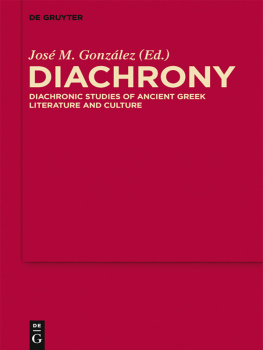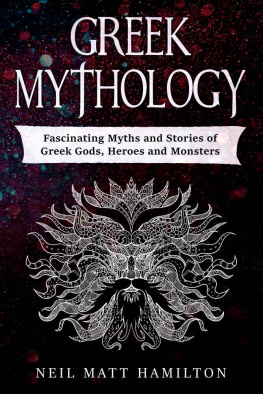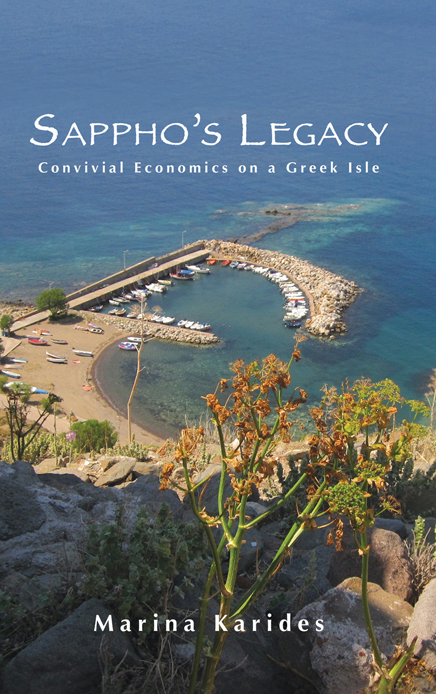Published by State University of New York Press, Albany
2021 State University of New York
All rights reserved
Printed in the United States of America
No part of this book may be used or reproduced in any manner whatsoever without written permission. No part of this book may be stored in a retrieval system or transmitted in any form or by any means including electronic, electrostatic, magnetic tape, mechanical, photocopying, recording, or otherwise without the prior permission in writing of the publisher.
For information, contact State University of New York Press, Albany, NY
www.sunypress.edu
Library of Congress Cataloging-in-Publication Data
Name: Karides, Marina, author.
Title: Sapphos legacy : convivial economics on a Greek isle / Marina Karides.
Description: Albany : State University of New York Press, [2021] | Series: SUNY series, praxis: theory in action | Includes bibliographical references and index.
Identifiers: LCCN 2020048647 (print) | LCCN 2020048648 (ebook) | ISBN 9781438483054 (hardcover : alk. paper) | ISBN 9781438483061 (ebook)
Subjects: LCSH: Women in cooperative societiesGreeceLesbos (Municipality) | Food cooperativesGreeceLesbos (Municipality) | Lesbos (Greece : Municipality)Social conditions.
Classification: LCC HD3424.G82 L4753 2021 (print) | LCC HD3424.G82 (ebook) | DDC 334/.68479500820949582dc23
LC record available at https://lccn.loc.gov/2020048647
LC ebook record available at https://lccn.loc.gov/2020048648
10 9 8 7 6 5 4 3 2 1
For Pano and Ambrose, of course
And in loving memory of my grandparents,
,
their return to Greece left us a trail to follow
About the rhythms now: the kalamatiano, as you mention, is played at music nightclubs and it is used to colour particular points, but one cannot dancing like this [sic], because each rhythm is written for the dancers step especially in row dances. Moreover, the description you give of the Zeymbekiko is rather touristic and it reminds us of the Zorba the Greek. The Zeymbekiko existed before the period between the wars and the rembetika songs. It is a traditional male dance performed since the 17th century on the east islands of the Aegean Sea (Samos, Chios, Mytilini etc.) and on the coasts of Minor Asia. The rhythm and especially the variation you mention, is played somehow slowly and widely (9/4). There is a great difference in the style, which is not the same with the maqsum. In rembetika songs it is played faster. I remind you that, since the Zeymbekiko is strictly a male dance, its execution must be as plain as possible, although nowadays it is danced by little girls, too.
Manthos Garlofis
http://www.khafif.com/rhy/garlofis/garlofis.htm
It will also become apparent that anarchist principles are active in the aspirations and political action of people who have never heard of anarchism or anarchist philosophy. One thing that heaves into view is mutuality, or cooperation without hierarchy or state rule. Another is the anarchist tolerance for confusion and improvisation that accompanies social learning, and confidence in spontaneous cooperation and reciprocity.
James C. Scott Two Cheers for Anarchism (2012, xii)
Contents
CHAPTER ONE
Prolegomenon
CHAPTER TWO
The Masters Tools Will Never Dismantle the Masters House
CHAPTER THREE
Of Greek Islands and Microentrepreneurs: Neoliberal Battles and the Marginalization of a Nation
CHAPTER FOUR
For the Love of Strangers and Enterprise
CHAPTER FIVE
The Seasonal Agora: A Gender-Placing Rhythm and a Sexualized Sense of Space
CHAPTER SIX
Island Food Systems: Lessons for the Continent
CHAPTER SEVEN
Skala Eresos: From Ancient City-State to Bohemian Seaside Tourist Village
CHAPTER EIGHT
Lesbian Place-Making and the Imperial Gaze
CHAPTER NINE
The Womens Cooperatives of Lesvos
Preface
| t | these things now for my companions |
| I shall sing beautifully |
Sappho, fragment 160, Carsons (2003) translation
T his volume was composed amid numerous travels and many hurricanes, multiple earthquakes, and two magnificent eruptions of the Klauea Volcano, all forcing regular evacuations. It concludes, ironically, during a pandemic and under a stay-at-home order in Hawaii. Greece is gaining a bit of recognition for limiting the spread of the coronavirus. Yet, so often with public commentary on Greece, any triumph is framed with disbelief and puzzlement, often in condescending language (e.g., Giugliano 2020). This book stands against such evaluations, positing Greeces spontaneous alternative culture (Leontinidou 1990) as an explanation for its societal success. The hosting and endurance required of independent dining and drinking venuesno matter how tiny, how rural, or how small a menuare the heart of this book and where a good chunk of it was written. With the increased cognizance of the extent to which they provision public conviviality and cope economically, Sapphos Legacy is an opportunity to cherish them.
An incredible amount of appreciation goes to Mary Kazazi, resident intellectual of Skala Eresos. To advance my Greek language skills, I was directed to Marys traditional stone home and entered into a patio so lush with trees and native plants, it is conceals the house from view. I left seven years later, with a dear friend, one who I have been able to share in many drinks and meals along Skala Eresoss balconies. Mary has been influential in my understanding of Greek politics, economics, and social life. She encouraged me to challenge the demarcation between ancient and modern Greece as an act of cultural appropriation. Her expressed love for her nation, its intellectual and artistic histories and acute memory for historical detail, whether it involves happenings in Athens or Eresos a few days, years, decades, centuries, or millennia ago, made her my ideal tutor.
There are many others throughout Lesvos whom I am indebted to for all forms of assistance with this research, access to government offices and officials, tipping me off on high-stake political forums to attend, and the good times and good food, as was shared with Delia Curro, that comes with a study of convivial economics. Debby from Heliotopos deserves special appreciation for indulging my children, providing transport, and feeding us. She and her partner, Patrick, permitted us to extend our stay at Heliotopos and introduced me to a wide range of travelers to Eresos. The willingness of people to share their stories is what my work depends upon. Each of the womens cooperatives hosted me for visits, and I am eternally grateful to members for sharing their time, memories and critical thoughts, as well as their recipes. I am especially appreciative of the members of the Agra, Molyvos, Mesotopos, and Parakila cooperatives to which I lived nearest while in Lesvos and visited most. The unpacking of the lesbian enclave of Eresos was informed by the research of University of Aegean anthropologist Venetia Kantsa, and I thank her for a brief but important meeting in Mytilini. Without the time granted to me by lesbian entrepreneurs and their employees, and by visitors to Skala Eresos, my work could not expand upon the social history of the lesbian enclave, including interviews with many women who have been returning to Skala Eresos since the mid-70s. Their stories create a deep imagining and a nostalgia for gathering in a place where gender and sexual freedom for women has some scope. The ethnic Greek proprietors of enterprises in Skala Eresos also were extremely hospitable in meeting with me time after time and providing instruction in how they conduct business that were essential for building an understanding of alternative economics as practiced on Greek islands.








